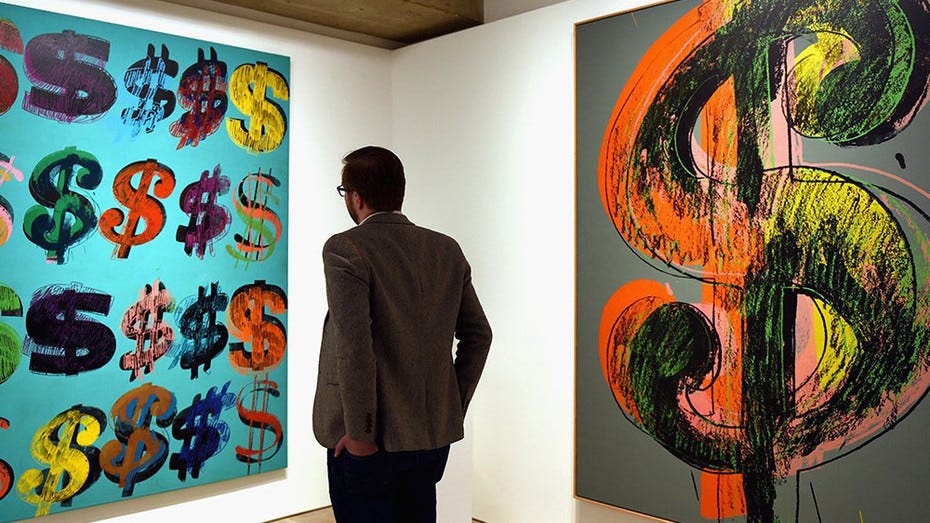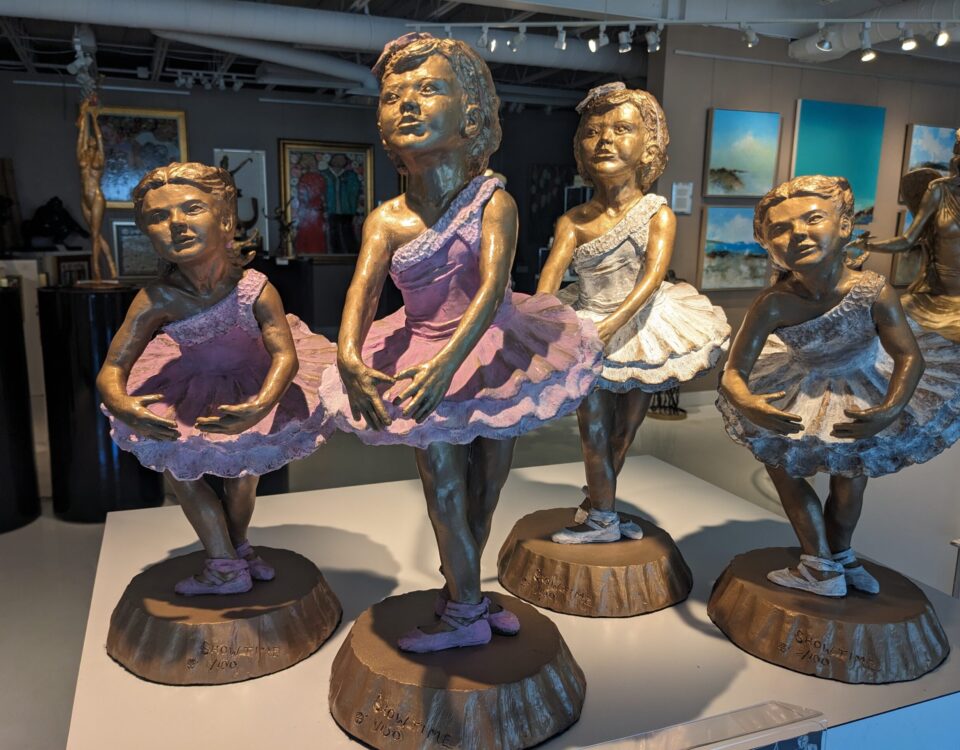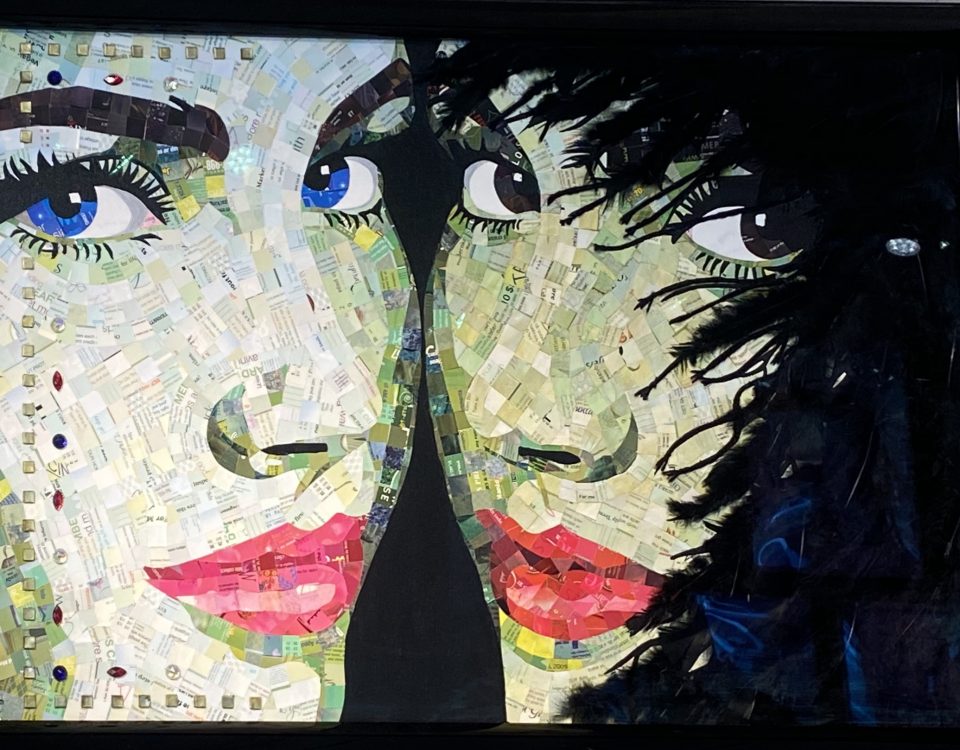
What Is Art Therapy? Benefits & How It’s Used to Help Heal
August 20, 2020
Worth a look? Investing in art, an exciting and enjoyable journey
October 3, 2020
“You have 40 pots in your house” my girlfriend said after a recent visit to my parents house. “I counted.”
I looked around. There were indeed a lot of pots.
My parents certainly like art, my dad actually enjoys sculpting himself. Over the years we seem to have collected a huge amount of artifacts — be they ceramics, sculptures, vases, prints or paintings.
Visiting other friends homes it did seem like we were the odd ones out! Despite the plush furniture, or latest gadgets, there was hardly a picture on the wall.
Clearly this isn’t an uncommon situation. In fact, when I talk to many people about buying art, you can almost feel a palpable apprehension grow within them. Even the thought of setting foot inside a gallery makes some people feel intensely uneasy.
While they wanted to buy art, and could afford to, they just appeared afraid to! But why do we feel this way? What is so intimidating about buying art?
A Feeling of Belonging

I first began to consider the exclusivity of art galleries when discussing art with my friends mother — she told me that she had never stepped foot inside an art gallery.
I found this information especially surprising for an intelligent woman, now in her sixties, who is culturally engaged in many other aspects of her life.
She continued to explain to me that this wasn’t due to a lack of interest in art, but rather a feeling of apprehension; that she might not appear well-off enough, that she wouldn’t understand the work, that people would sense this, and she would be judged by them.
This speaks such volumes to me about the real ability galleries have to intimidate people. As someone who loves to peruse round a gallery I feel saddened by the thought that viewers may not enjoy art because they’re worried about the validity of their own interpretations and the opinions of those around them.
Many of our concerns boil down to a fear of the unknown and of being identified as an ‘outsider’ in what appears to be an exclusive club.
‘Do not touch’

If we do have the courage to enter, people often treat a gallery as if it were a Church. We’re afraid to speak too loudly, afraid to touch any of the ‘precious artifacts’ and tend to shuffle around peering at things from a distance!
Would you do this in a furniture shop or a car showroom? Of course you wouldn’t! Yet here we are treating an art gallery as if it were a mausoleum.
I think that the way we interact with art in museums has created an expectation that it should be the same in a commercial art gallery; but in reality, these places are entirely different.
Whilst it’s entirely reasonable that we shouldn’t go round fondling all the paintings, we should feel comfortable interacting with pieces, getting up close and even in some cases touching!
Though it’s important to be respectful, commercial art galleries are designed to sell artwork and we as potential buyers, or just casual browsers should feel comfortable interacting with artwork as an item to buy, not as some holy relic.
Information and Interpretation
Understandably for those of us who didn’t grow up visiting galleries or studying art history, the unique language of the arts can still be somewhat alienating.
Many of us fear that we won’t appear ‘intelligent enough’ to engage in the arts. I mean, do you even know your Monet from your Manet? Or your impressionism from your expressionism?? (Hint: it really doesn’t matter if you do or you don’t!)

Descriptions written in fuddy duddy artistic speak certainly don’t help. Take this for example;
‘Mirza’s practice overall is characterized by a knowing eclecticism and sheer physical impact. His (mis)understanding of the nature of human perception — of what and how we see and hear — is demonstrated and combined with countless possibilities of meaning, and so his aesthetic proposition is more to do with messages received than those transmitted, circumscribed by our constitutions, testing the limits of what we can experience and what we think we know.’ — Ikon Gallery
Apologies to Haroon Mirza who I’m sure is an extremely talented artist; but it’s a touch dense, right?
Galleries which include more information about the artist, their work and the meaning behind the piece (in plain English) seem to be considered as far more accessible. This can certainly help us get into the mind of the artist.
But should we really need to have an extensive biography and description written for us? Why don’t we trust our own opinions or interpretations?
We should be able to see the merit of a work in its own right and feel comfortable in our own assessment. Sometimes it should just be enough to like something for no other reason than liking it!
But perhaps there is just too much pressure to justify why we might like a piece. To explain to our friends why we parted with our hard earned cash for this paint on canvas!
After all, the pricing of artwork can seem entirely discretionary to the uninitiated. Why on earth would someone pay $140 million for this painting by Jackson Pollock which my 3 year old could have done?

How deep is your pocket?
The millions paid at auction for pieces like this one are certainly what grabs headlines, and can give us an expectation that art is incredibly expensive — something only for the elite.
There exists a fear for even those who are interested, that they are going to be ripped off or taken advantage of by people much more knowledgeable than themselves.
The lack of transparency regarding pricing even at a lower level can be fairly disquieting for your average person. It can feel like there’s something to hide.
After all, in what other walk of life is the price of an item only revealed after the fact — like some sort of unhappy surprise.
It can create an impression that ‘if you have to ask the price, you can’t afford it’. A dangerous assertion that re-engenders stereotypes about art being for the rich.

The truth is that life in the art market is torn between culture and commerce.
For some it can feel insensitive to talk about price first — after all we are talking about an artists creative output, not a commoditized piece of furniture for example. And for many a gallery owner this is why prices are often left un-displayed.
The other reason is that prices change! Not in some shadowy, secretive way, but according to the laws of economics which hold true to any other industry — supply and demand. Whilst desire for an artists work increases and there is a limited supply, prices go up, simple as that.
But, even if we can afford to pay the price, why do we still hold back?
It seems buying art is positioned as an act of monumental significance. You are choosing to ‘live with something which could last a lifetime’. Who wants to sign up for that kind of responsibility??
A Shift in Attitude
I think being comfortable with art and indeed buying art requires a shift in mindset more than anything.
Like with any significant purchase, it’s important to do your research. You might want to brush up on some common art terms, research tips for first time art buyers or get advice on what is best to avoid when buying artwork, but there is no need to intellectualize the whole process.
If you like it, and you can justify the price, then buy it!
As soon as we decide that a gallery is just a store; that buying art isn’t a monumental life event, and that we can actually trust our own opinions, then we might actually come to enjoy the process!
Thanks for reading 🙂
Daniel is the Director of Art Start-Up ArtsHaus — which provides a platform for homeowners, designers and collectors to find exciting original art.


